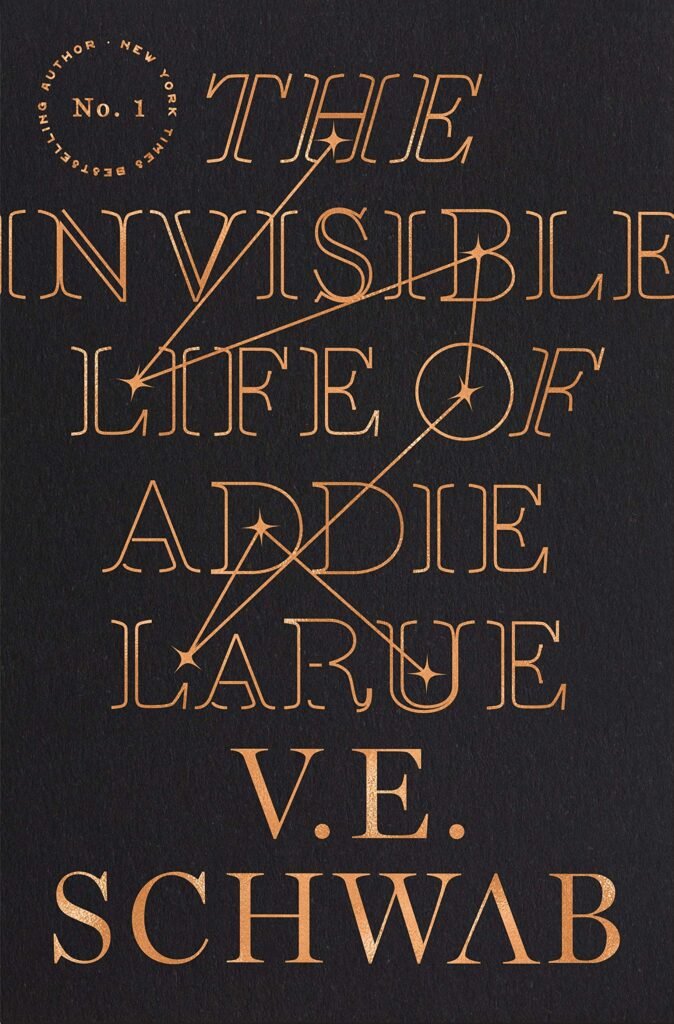The Invisible Life of Addie LaRue: A Journey Through Time and Memory
When I first heard about The Invisible Life of Addie LaRue, I was instantly drawn in by the promise of V.E. Schwab’s mesmerizing storytelling. After loving her Shades of Magic series, I was eager to dive into a novel that intertwines historical elements with a Faustian bargain—a tantalizing premise, indeed. Addie’s story, about a woman cursed to be forgotten by everyone she meets, sparked my curiosity about memory, identity, and legacy. And while my reading experience was largely enjoyable, it did leave me wrestling with some critical observations.
At its core, Addie’s narrative explores the profound human desire to be remembered and the existential weight of solitude. Through her 300 years of life, we witness the fleeting moments of connection and the haunting echoes of invisibility. Schwab’s writing is undeniably beautiful. It reads like poetry, making the experience feel immersive and rich. Yet, I couldn’t shake the feeling that the novel, despite its lyrical prose, sometimes lacked depth in exploring its vast potential.
As I followed Addie through the ages, I found myself yearning for more than just a Western-centric viewpoint. It struck me as ironic how, in a story about being forgotten, there was a significant absence of diverse histories. The narrative heavily leans into Eurocentric aesthetics, focusing on iconic art and culture while overlooking the broader human experience that encompasses all races and narratives. I appreciated the moments when Addie and Luc’s intense dynamic unfolded, as it showcased the interplay of power and vulnerability. However, the limited representation made me question the universality of Addie’s struggle. Was her self-absorption in seeking remembrance not a reflection of a broader, societal hierarchy?
Moreover, while the repetition of specific phrases aimed to emphasize Addie’s haunting curse, it sometimes felt tedious and diminished the emotional impact of her experiences. I could predict the plot’s trajectory, which dulled the stakes and left me feeling somewhat disengaged towards the climax. The ending with Henry was touching, highlighting the power of words and storytelling, but I couldn’t help but feel that the buildup had lost its punch.
Addie’s relationship with Henry, while charming, felt somewhat like a narrative device to give her story more meaning rather than being fully realized on his own terms. I wished for more character development for him, as it felt like he existed primarily to illuminate Addie’s journey, rather than having a defining arc of his own.
Despite my critiques, The Invisible Life of Addie LaRue does offer a fascinating exploration of love, art, and the complexities of existence. It has resonated deeply with many readers, particularly those who appreciate Schwab’s stylistic elegance and reflective pacing. Ultimately, I believe those who enjoy stories of self-discovery and the intertwining of lives through time will find something to cherish here.
In closing, this novel is a captivating tale that raises questions about the stories we tell and the lives we lead. Whether you’re captivated by Addie’s journey or intrigued by the themes surrounding memory and identity, there’s something to ponder long after the final page. While I may not be its primary audience, I recognize that this book will resonate with many readers—especially those who lend themselves to the allure of fantastical yet deeply human tales.
Discover more about The Invisible Life of Addie LaRue on GoodReads >>







